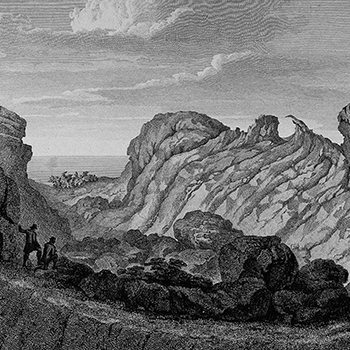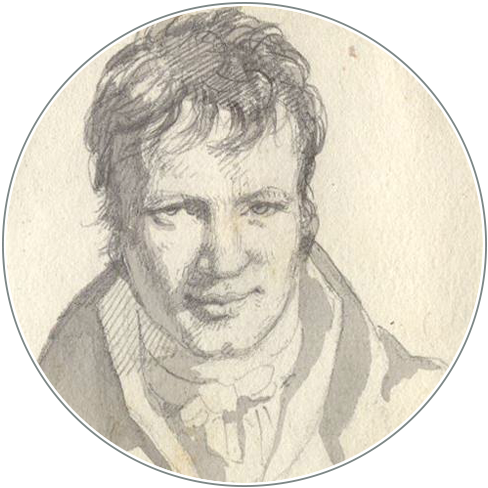Alexander von Humboldt y los fósiles inorgánicos de las islas canarias
DOI:
https://doi.org/10.18443/291Keywords:
Islas Canarias; rocas; minerales; siglo XVIII; Vulcanismo-Plutonismo vs. Neptunismo; fósiles inórganicosAbstract
Resumen
En su breve visita a Canarias a finales del siglo XVIII, Alexander von Humboldt realizó interesantes observaciones sobre la geología de estas Islas. En relación con los fósiles inorgánicos, es decir, rocas y minerales, sus apreciaciones se enmarcan en sus estudios realizados en la Bergakademie de Freiberg, bajo la dirección de A. G. Werner, dentro del Neptunismo, y en sus experiencias en América e Italia. Aplicó en Canarias la universalidad de las formaciones geológicas wernerianas, algunas de las cuales creyó, erróneamente, haber observado en Tenerife, como la presencia de granitos o gneises. Humboldt estaba convencido de que el basalto
era de origen volcánico, y no se había formado por precipitación acuosa. Sería así uno de los más influyentes desertores del Neptunismo, y suscitó la visita a Canarias de numerosos geólogos a lo largo del siglo XIX.
Résumé
Lors de sa courte visite aux Canaries à la fin du XVIIIe siècle, Alexander von Humboldt a effectué des observations intéressantes sur la géologie des Îles. En ce qui concerne les fossiles inorganiques, c’est-à-dire, roches et minéraux, leurs estimations sont encadrées par les études auprès de la Bergakademie à Freiberg, sous la direction de A. G. Werner, au sein du Neptunisme, et au travers des expériences à Amérique et Italie. Humboldt a appliqué aux îles Canaries l’universalité des formations géologiques werneriennes, dont il pensait en avoir observé certains, à tort, à Tenerife, telles que le granite ou gneiss. Cependant, il était convaincu que le basalte n’avait pas été formé par précipitation aqueuse, mais avait une origine volcanique, par suite ’éruptions. Humboldt serait ainsi l’un des déserteurs les plus influents de la doctrine neptunienne, et a incité la visite aux Canaries de nombreux géologues tout au long du XIXe siècle.
Abstract
During his brief visit to the Canary Islands at the end of the 18th century, Alexander von Humboldt
made interesting observations about the geology of this Archipelago. In relation to inorganic fossils, i.e., rocks and minerals, their assessments are framed in the training acquired at the Freiberg Bergakademie, under the headship of A. G. Werner, in the Neptunism, and in the experiences in America and Italy. Humboldt applied in these Islands the universality of the Wernerian geological formations, some of which he mistakenly thought to have observed in Tenerife, such as granite or gneiss. He was convinced, however, that the basalt
had not been formed by aqueous precipitation, but that was volcanic in origin, by means of eruptions. Thus, Humboldt would be one of the most influential defectors of the Neptunism, and he prompted the visit to the Canary Islands to a number of geologists throughout the 19th century.

Published
How to Cite
Issue
Section
License
Copyright (c) 2020 Cándido Manuel García-Cruz

This work is licensed under a Creative Commons Attribution-NonCommercial 4.0 International License.
HiN operates under a Creative Commons-Licence (CC BY-NC 4.0), which permits the reproduction of articles, free of charge, for non-commercial use only and with the appropriate citation information. All authors publishing with HiN accept these terms of publication.
Authors retain the copyright for their articles and reviews. Copyright of the layout and design of HiN articles remains with the journal and cannot be used in other publications.









